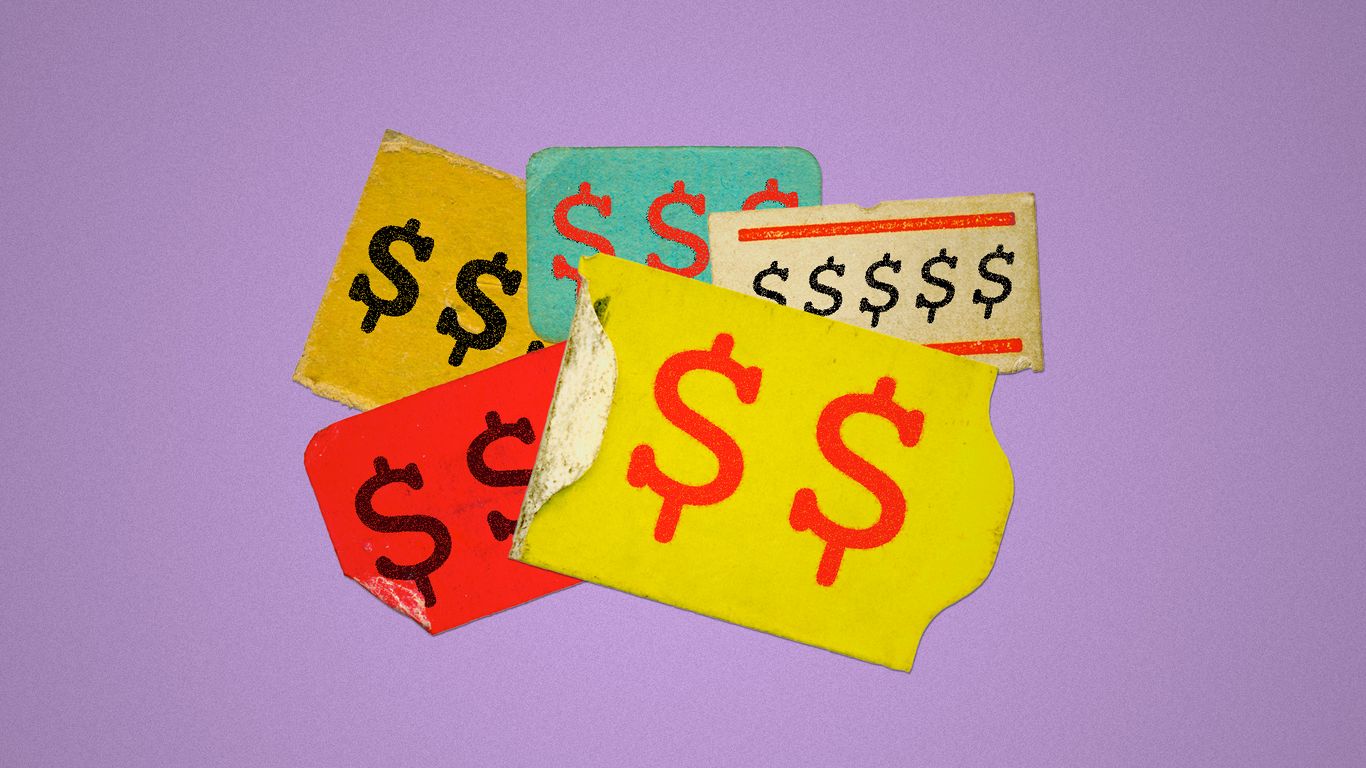The economic landscape is currently undergoing significant shifts as a growing number of consumer goods companies are resorting to widespread price increases, primarily in response to mounting costs associated with recently implemented tariffs. This trend signals a potential resurgence of inflation, a phenomenon that has largely remained contained over the past two years, raising concerns among economists and consumers alike.
Among the first to signal such changes is Adidas, which issued a warning of possible price hikes within the U.S. market. The sports apparel giant anticipates a substantial increase in its operational costs, estimated at $231 million in the latter half of 2025, directly attributed to the impact of tariffs.
Similarly, Procter & Gamble, the conglomerate behind household names like Tide, Charmin, and Gillette, has publicly announced its intention to raise prices on approximately 25% of its diverse product portfolio. According to CFO Andre Schulten, this decision reflects an unusual extent of price adjustments necessary to account for the additional burden imposed by tariffs.
Beyond these industry titans, a broader spectrum of companies has also recently joined the ranks of those announcing higher prices. Notable names include retail giant Walmart, fashion house Ralph Lauren, toy manufacturer Mattel, automotive maker Subaru, and athletic footwear powerhouse Nike, all navigating the complex financial implications of trade barriers.
It is crucial to understand that the full impact of tariffs on the economy and, consequently, on consumer wallets, often unfolds over an extended period. However, subtle yet discernible signs are beginning to emerge within official inflation data, indicating the gradual manifestation of these cost pressures in the wider market.
Reinforcing these statistical observations, consumer surveys and anecdotal evidence concerning price increases have been accumulating for weeks. A compelling case in point is a July 8 survey by Intuit Credit Karma, which revealed that 62% of Americans reported experiencing price increases on everyday goods and services as a direct consequence of recent tariffs.
However, it is equally important to differentiate between tariff-induced price adjustments and those stemming from other market dynamics. For instance, chocolate manufacturer Hershey recently announced higher prices, but this was primarily linked to surging cocoa costs—a result of adverse weather conditions and plant disease impacting cocoa supplies in West Africa, rather than tariffs.
Ultimately, the implications of tariffs are still in a dynamic state of play, working their way through global supply chains and economic systems. While businesses initially strive to absorb these elevated costs to shield their customers, there comes a point where these expenses must be passed on, contributing to the tariff-driven inflation that many economic analysts have long anticipated.






Leave a Reply